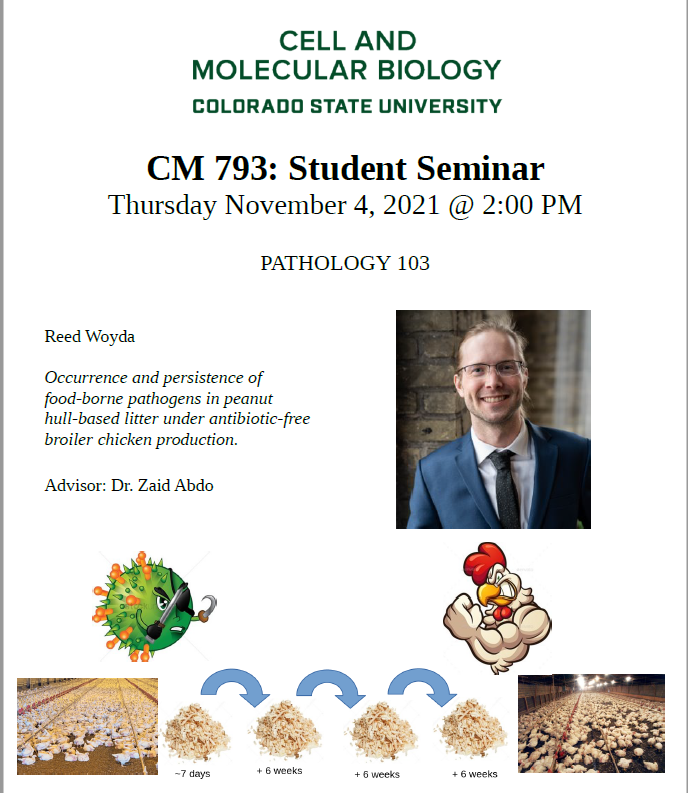ABSTRACT:
Poultry litter is a mixture of bedding material, feces, uric acid, feathers, spilled feed and water.
A wide variety of materials are used as bedding in poultry houses, including wood shavings,
sawdust, peanut hulls, rice hulls, paper pulps and sand. In the USA, it is a common practice to
reuse the same litter for raising multiple flocks of birds. Although this practice of litter reuse
offers both fiscal and environmental benefits, poultry litter can harbor high concentration of
commensals (Coliforms, E. coli, Enterococcus sp, Clostridium sp and Staphylococcus sp) and
low numbers of pathogens (Salmonella sp, Campylobacter sp and Listeria sp). Additionally,
poultry litter may serve as a reservoir of antibiotic resistance genes that can be transferred to
pathogens of public health importance. Understanding the microbial ecology and the
environmental parameters governing the predictability of reused litter from flock to flock is
critical to limiting pathogen and antibiotic resistance gene transfer from preharvest production
to processing. In this study, we sought to investigate Campylobacter persistence in the litter
from 4 broiler houses over 3 consecutive flocks, starting with a complete house cleanout and
clean peanut hull litter.


